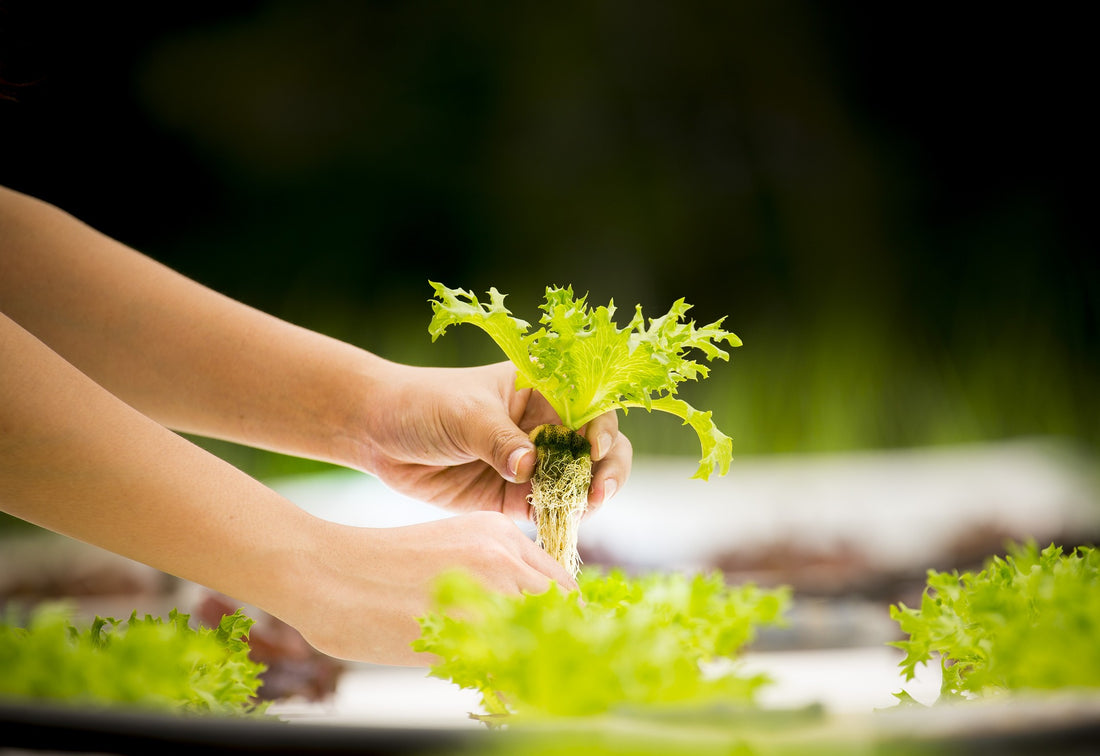Introduction to Hydroponics
Have you ever imagined a garden without soil? Growing fruits and vegetables in a place where temperatures are extreme, and there's limited rain or arable soil? Welcome to the world of hydroponics. This innovative cultivation method has revolutionized agriculture by turning these dreams into reality.
What is Hydroponics?
Hydroponics, derived from the Greek words "hydro," meaning water, and "ponos," meaning labor, is a soil-less method of cultivating plants. It presents a great solution for locations with harsh climate conditions, limited soil availability, or confined spaces, enabling the growth of fresh fruits, vegetables, and herbs.
The Advantages of Hydroponics
The benefits of hydroponics are vast and cater to various circumstances. Some of the most profound advantages are:
Efficient and Sustainable
Hydroponics conserves up to 90% more water compared to traditional soil gardening methods, making it an eco-friendly choice. Crop rotation is not necessary, and it eliminates the need for weeding.
Flexibility in Planting
This innovative method allows you to grow plants anywhere, anytime, be it in an apartment, office, or greenhouse. Furthermore, the hydroponics system can be designed to have plants close together and stacked vertically, optimizing the use of space.
The Limitations of Hydroponics
Despite the significant advantages, hydroponics does have a few limitations.
Start-up Costs and Disease Control
Getting started with hydroponics can be costly, considering the initial setup and equipment. Additionally, diseases, when present, can spread rapidly due to the water-based environment.
Hydroponic Growing Systems
Hydroponic systems fall into two main categories: water-culture and medium-culture systems.
Water-culture Systems
Water culture systems completely eschew solid media, relying solely on nutrient solution to nourish and support plants.
Different Types of Water-culture Systems
Three prominent methods are used within this system: Nutrient Film Technique (NFT), Raft or floating system, and Aeroponics. Each method uses a different approach to supply nutrients to the plant roots.
Medium-culture Systems
In contrast, medium-culture systems use a solid substrate, such as sand, to provide a platform for plant root structure.
Different Types of Medium-culture Systems
Prominent methods within this system include Ebb-and-flow system, Drip system, and Subirrigation system. Each of these has its unique characteristics and commercial applications.
Media Selection for Medium-culture Systems
The choice of media for hydroponic systems depends on several factors, such as cost, availability, and the type of system used. Common media options include foam, gravel, perlite, rockwool, sand, Hydroton, coco coir, and pumice.
Managing the Hydroponic System
Efficient hydroponics gardening requires diligent system management, including recharging the nutrient solution, sterilizing hydroponic media, and effective pest and disease management.
Recharging the Nutrient Solution
Nutrient solutions in closed systems must be analyzed, adjusted, sterilized, and recycled for reuse. Open systems, however, utilize the nutrient solution only once.
Sterilizing Hydroponic Media
For medium-culture hydroponic systems, it is essential to sterilize the system in between each crop to prevent pathogenic microorganisms from accumulating.
Pest and Disease Management
Integrated pest management (IPM) is the most effective and environmentally sensitive approach for managing pests in both commercial and home hydroponic settings.
Nutritional Quality of Hydroponically Grown Produce
While the nutritional quality of hydroponically grown produce versus soil-grown produce is still under research, the controlled growing conditions in hydroponics may potentially yield superior nutritional value.
Hydroponics in the Future
The future of hydroponics looks promising, with research focusing on adapting it to diverse situations, from growing food in drought-stricken areas using desalinated seawater to feeding astronauts in space.
Conclusion
Hydroponics offers a sustainable and efficient solution for gardening in the face of soil scarcity, climate change, and space constraints. With continuous advancements, it continues to transform the agricultural landscape, potentially reshaping our future food systems.
FAQs
Q1: What is hydroponics? Q2: What are the main benefits of hydroponics? Q3: What are the limitations of hydroponics? Q4: What types of systems are used in hydroponics? Q5: What is the future of hydroponics?
